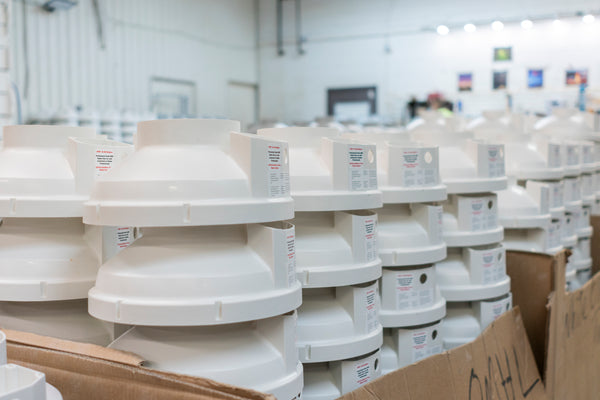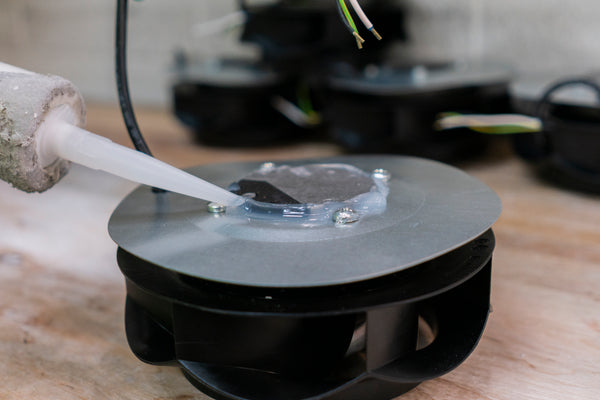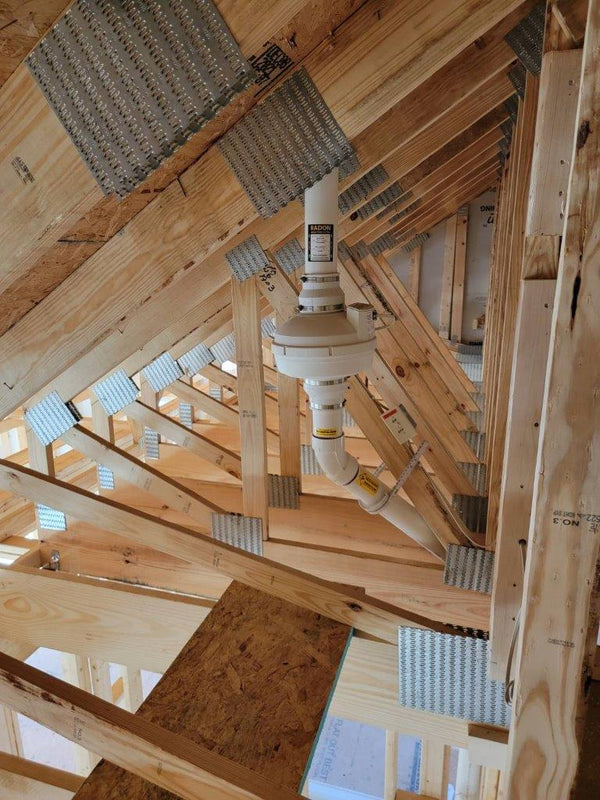
7 Myths About Radon and Lung Cancer Debunked
When it comes to lung cancer risk, the focus is often entirely on smoking. That’s why many homeowners may dismiss radon as a distant, negligible threat. Along with smoking and environmental pollution, radon ranks surprisingly high as a contributor to this deadly disease. Yet, a mix of misconceptions, lack of awareness, and misplaced confidence often leaves many people underprepared or completely unaware of radon risks. That’s why we’re here to set the record straight.
Understanding the facts about radon could protect you and your loved ones. From its presence in different home layouts to the way it increases the risk of lung cancer—even for non-smokers—we’re tackling the most common myths about radon and lung cancer. Stick around as we debunk these misconceptions and provide actionable steps to safeguard your health.
What Is Radon?
To unravel the myths, you need to understand what radon really is. Radon is a radioactive gas that’s a byproduct of the decaying uranium in soil and rocks. Invisible and odorless, it quietly makes its way into homes through cracks in foundation, gaps around service pipes, and other small openings. Once inside, radon levels can accumulate, especially in poorly ventilated areas such as basements and crawl spaces.
Radon can be in any building, and its concentration depends on factors like local geology, soil composition, and even weather conditions. No one is truly immune, making testing a critical first step for everyone.
Radon and Lung Cancer: The Connection
Radon gas becomes a health concern when you inhale it over a long period of time. The lungs can absorb radon particles, which can eventually damage lung tissue DNA. This damage increases the risk of lung cancer over the course of prolonged exposure.
According to the EPA, radon is the second leading cause of lung cancer, accounting for more than 20,000 deaths each year in the United States. These statistics emphasize why it’s essential for all households to check for radon levels.

Myth 1: “Radon Is Only a Problem in Certain Areas”
The Truth: Radon is present everywhere, in all geographical locations.
Some people believe radon issues only exist in regions historically known for high radon levels. However, radon can be present in any area. Levels can vary widely from street to street, depending on soil conditions. This means even if your state or region isn’t high-risk, your home could still test high for radon.
No matter where you live, testing is the only way to know your indoor radon levels.
Myth 2: “Only Old Homes Have Radon Problems”
The Truth: The age of your home doesn’t matter.
Radon doesn’t discriminate between old and new construction. Modern homes, just like older ones, can have issues with radon. Often, newly built homes are energy efficient, with better sealing and insulation. While this is great for energy savings, these features can actually trap radon inside, leading to increased exposure.
Remember that radon doesn’t come from the house structure itself, but rather from the soil beneath and around the building. Testing should be part of every homeowner’s to-do list, no matter the age of the property.
Myth 3: “Radon Testing Is Expensive and Complicated”
The Truth: Testing can be simple and affordable.
Radon testing doesn’t have to break the bank or require complicated procedures. Many homeowners turn to DIY charcoal test kits, which are widely available and cost anywhere from $10 to $30. These kits are easy to set up and provide a basic snapshot of the radon levels in your home.
Prefer a more advanced option? Continuous radon monitors such as the EcoBlu or EcoQube provide constant measurements, offering peace of mind over time. Additionally, professional radon inspectors provide thorough testing services for a reasonable fee.
The upfront costs pale in comparison to the long-term health risks of unchecked radon exposure.
Myth 4: “If My Neighbor’s Home Is Safe, Mine Is Too”
The Truth: Every home is unique.
Just because your neighbor’s radon test came back safe doesn’t mean your home is in the clear. Soil composition, foundation details, and home construction techniques can differ drastically—even for houses right next to each other. Radon levels are specific to each home, so basing your decisions on your neighbor’s results is a gamble.
Conduct your own test to ensure your home is safe. It’s better to be cautious than to put your family’s health at risk.
Myth 5: “Radon Mitigation Is a Major Hassle”
The Truth: Mitigation solutions are easier than you think.
Radon mitigation may sound like a huge hassle, but most systems are straightforward, low-maintenance, and highly effective. The most common method is sub-slab depressurization, which uses a radon fan and vent pipes to create a vacuum beneath your foundation and redirect radon outside, keeping it from entering your living space.
You can have a radon mitigation system installed in just a few days. Once installed, they require minimal maintenance, especially if you install a radon fan cover box. Plus, the peace of mind you’ll get is invaluable.
Myth 6: “I Don’t Need To Worry About Radon Because I Don’t Smoke”
The Truth: Radon is dangerous for everyone, regardless of smoking habits.
It’s a mistake to think radon exposure only matters if you smoke. For non-smokers, radon is the leading cause of lung cancer. And if you do smoke, exposure to radon only compounds those negative health risks.
Whether you smoke or not, mitigating radon in your home can significantly reduce your risk of developing lung cancer. Protecting your household from radon benefits everyone.

Myth 7: “I’ve Lived in My Home for Decades, So Testing Won’t Make a Difference”
The Truth: It’s never too late to improve your home’s safety.
Even if you’ve lived in your home for many years, addressing radon exposure still matters. Lung cancer risk from radon depends on cumulative exposure, but that doesn’t mean short-term reductions won’t have an impact. By reducing radon levels through mitigation, you can improve the health outcomes of everyone living in your home.
Practical Steps for Radon Testing and Mitigation
Testing and fixing radon concerns isn’t as complicated as it may seem. Here’s how to get started:
- Purchase a DIY radon test kit or invest in a continuous radon monitor like the EcoBlu.
- Follow the kit instructions and place the test in the lowest living space in your home.
- If using a short-term test kit, mail it to the lab for analysis.
- Read your results carefully. Levels at or above 4 pCi/L (picocuries per liter) indicate that you need to take action.
- Consult a certified radon mitigation specialist to install the right solution for your home.
- Test your home every two years or after significant foundation work to ensure continued safety.
Stay Safe and Take Action
The dangers of radon are real, but so are the solutions. Raising awareness is just the first step. Now that we’ve debunked the most common myths about radon and lung cancer, you can test your own home. Routine testing and mitigation are vital to protecting your home and health.





